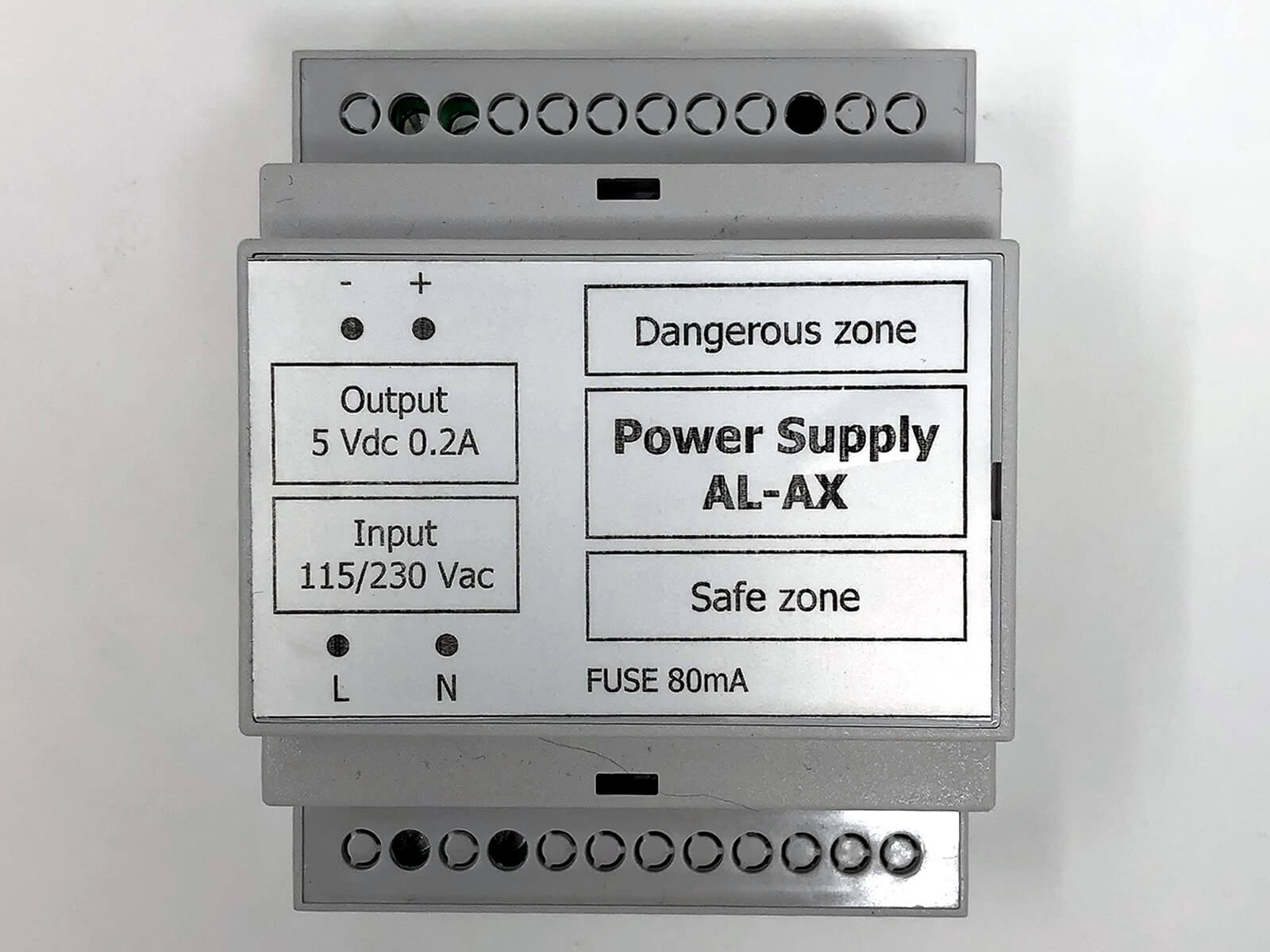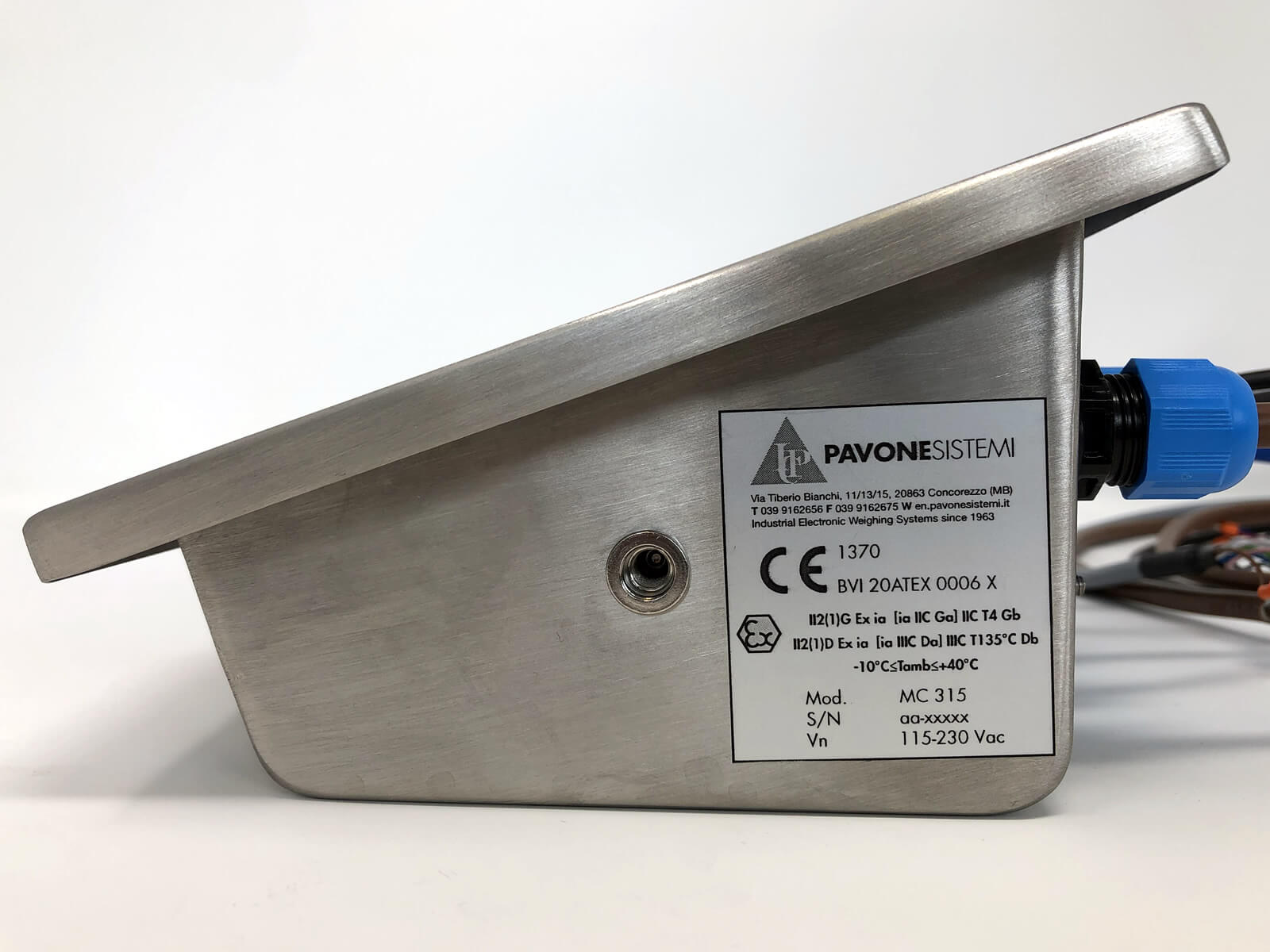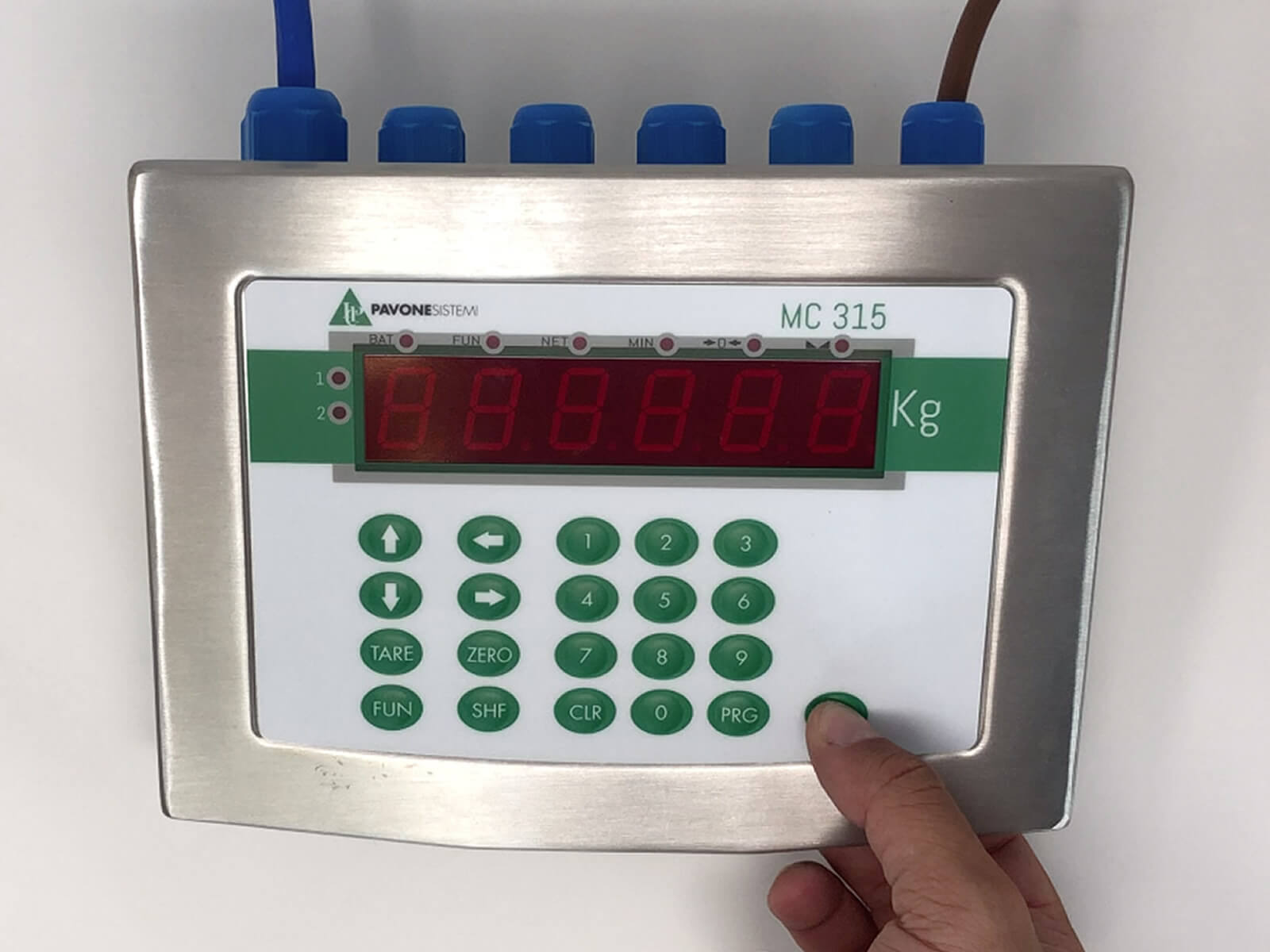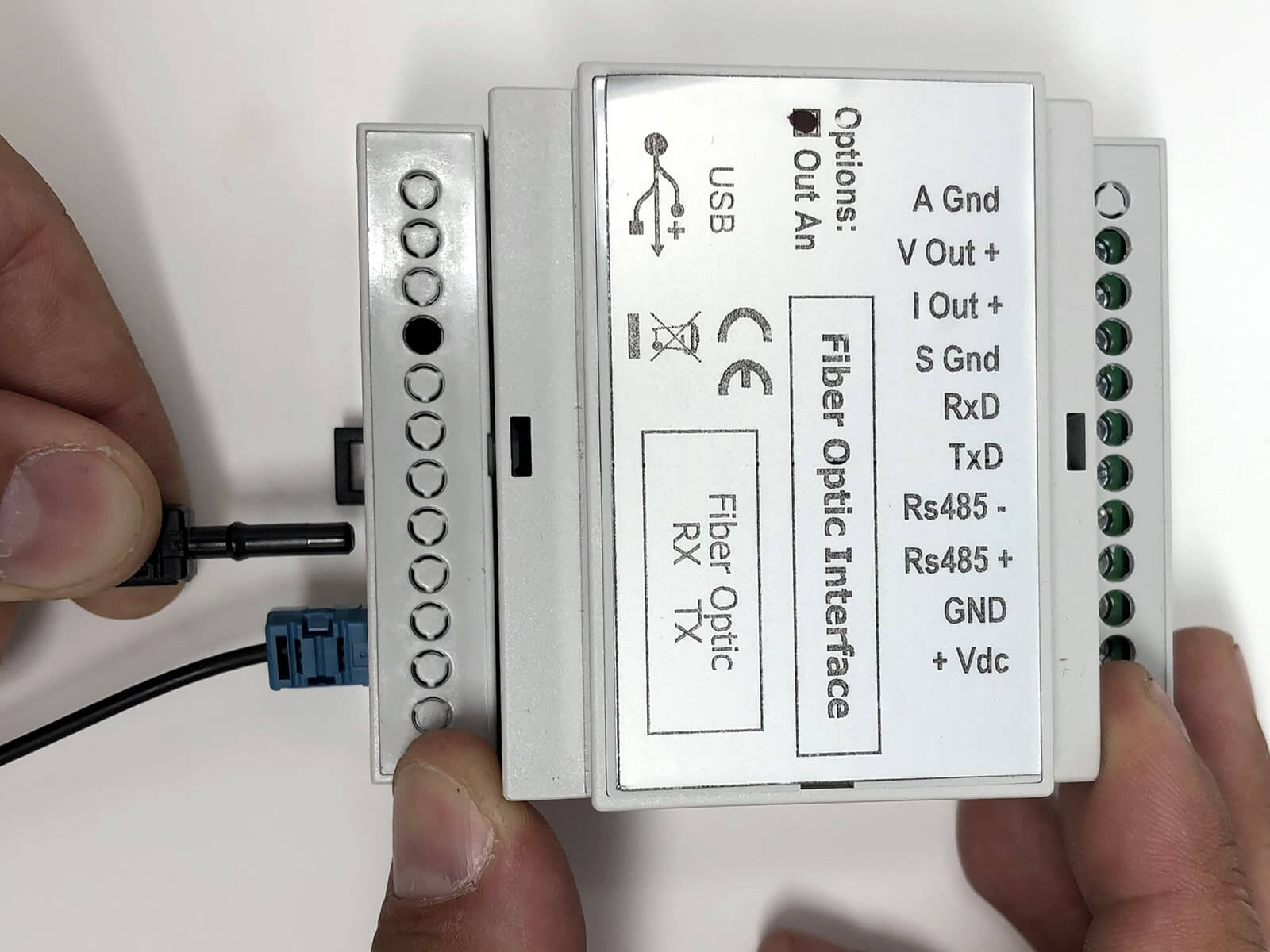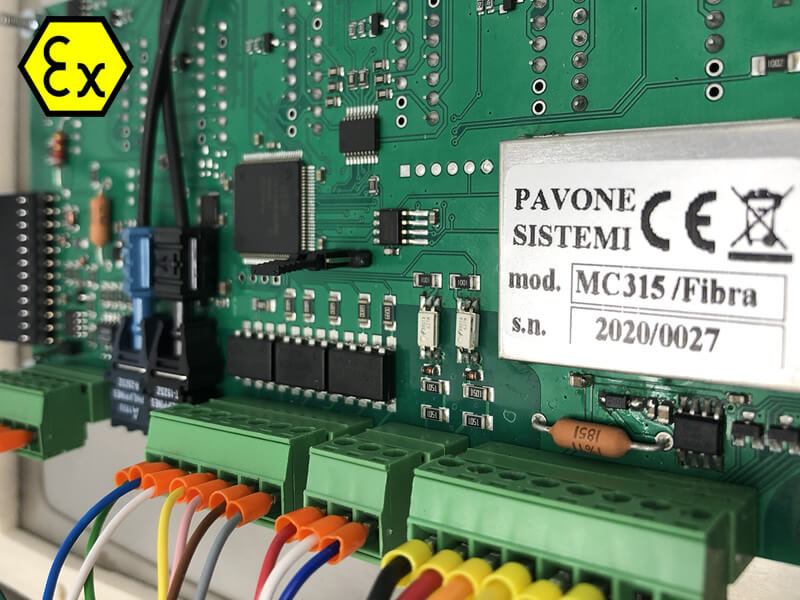
Internal details. Designed and manufactured in accordance with the 2014/34 / EU directive, MC 315 is a weighing instrument suitable for use in environments with potentially explosive atmospheres in compliance with EN 60079-0: 2018, EN 60079-11: 2012, EN 60079 -26: 2015. The possible areas of use are 1, 21 and 2, 22 (1, 2 for gases, 21, 22 for dusts) according to the ATEX Directive 2014/34 / UE..
Ask for a quote